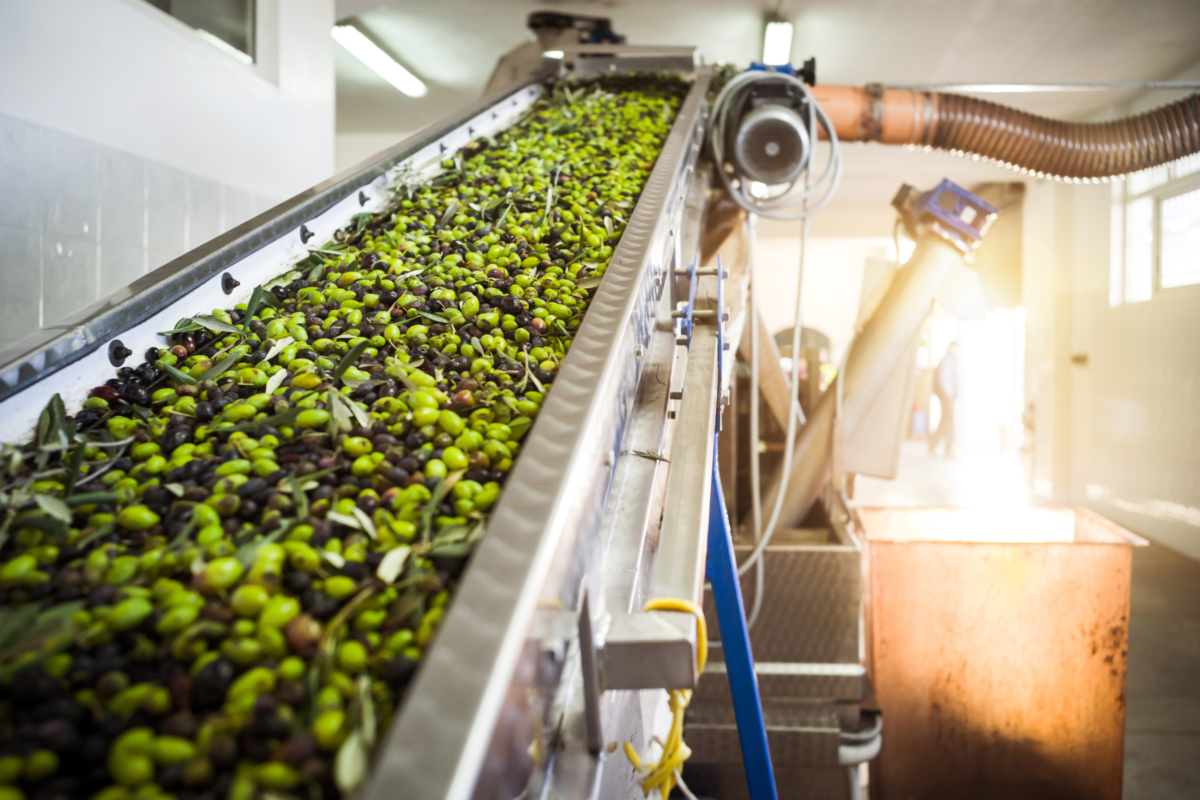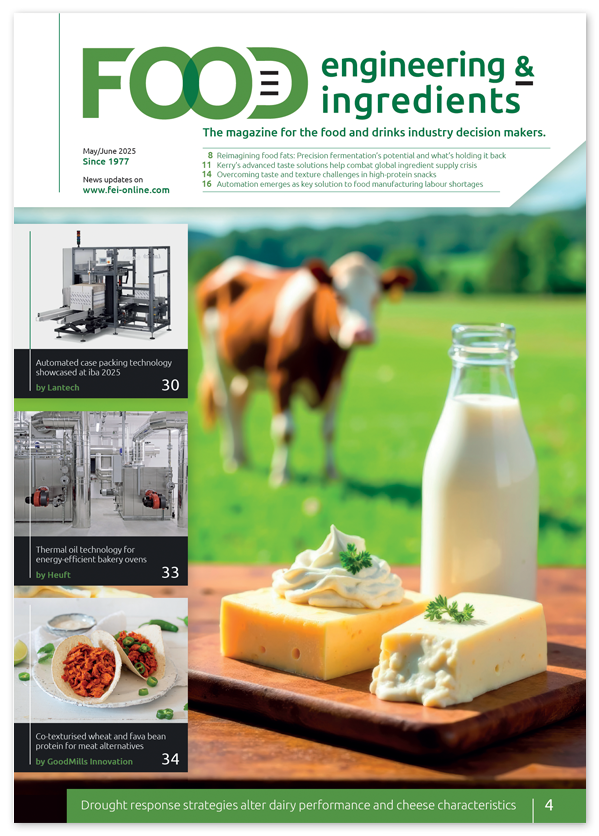Building sustainability throughout the farm to fork value chain
Globally, consumers demand greater transparency and a closer connection to the food and beverages they consume. Beyond nutrition facts, they want to know about their food source, how it was processed and transported, and animal welfare. A host of environmental, health and ethical factors drive this need for increased supply chain visibility.
Simultaneously, a societal thrust to reach net zero is putting added pressure on the food and beverage sector to decarbonize, become more energy-efficient, and reduce waste. Consumers and governments are equally keen to cut emissions associated with our food, with many consumers actively identifying and eliminating the most carbon-intensive foods from their shopping lists.
To respond to this demand effectively, the food and beverage sector must review its entire value chain while maintaining high productivity. It will have to closely examine process and equipment reliability, sustainability, energy efficiency, and health and safety.
This will call for changes in the processing, storage, and transportation steps. These adaptions will apply to businesses themselves, OEMs, and supply chain partners. Decarbonizing the food and beverage industry will ultimately require a collective effort from every participant in the value chain.
Improving efficiency
Many farm operations and processing facilities depend on electric motors. Twenty-eight percent of the total energy use in the European Union is estimated to be from food processing alone. By adopting more efficient motors, food and beverage enterprises can significantly reduce their energy usage.
Conventional motors used in the industry will continually run at full speed, even if it’s unnecessary. If they want to adjust the effect of the motor, operators throttle the process flow downstream, which is inefficient and wastes electricity.
As an alternative, a variable speed drive (VSD) can regulate the speed and torque of a motor to meet exact demand. The system saves power each time the motor doesn’t run at full speed. For example, with a pump or a fan, since the relationship between speed and power is nonlinear, these savings can be significant – a slight speed reduction of 20% produces energy savings of around 50%.
Farms and processing facilities often also use older, less efficient motors. While the minimum efficiency class permitted by regulations is IE3, newer IE5 synchronous reluctance motors (SynRM) have 40% less losses than the traditional IE3 industrial motor.
A more efficient motor-drive package yields average power savings of approximately 25-30%, reducing a facility’s environmental impact significantly. By reducing the operational costs, the upgrades can pay for themselves in two years or less.
Efficiency is also fundamental to vertical farming, an agricultural technique gaining increasing traction. Growing the produce closer to the point of use significantly reduces the energy and emissions associated with transport. While space and energy are like gold dust in these cutting-edge facilities, operators can manage costs and maximize yields with efficient equipment.
VSDs also play a big role in functional safety in farm and food production processes that use rotating equipment. For example, they can bring the motor of an industrial mixer to an immediate stop instead of it spinning down, thereby reducing the risk of accidents. This and other safety measures save the facility from disruption while protecting the workers.
Modular programmable logic controllers (PLCs) and human machine interfaces (HMIs) can also add significant value to most applications throughout the farm to fork value chain. Namely, they enable precise control over a drive’s speed and energy consumption, ensuring reliable and safe processing and limiting interruptions by avoiding damage to downstream machinery.
Escalating electrification
Besides making existing electric infrastructure more efficient, there is added scope for electrification. Many of the current processes between farm and fork burn fossil fuels, such as grain drying, and transportation. Using electricity as an energy source instead can potentially reduce carbon emissions.
Notably, a switch to clean energy is part of the electrification route. Fortunately, electricity from renewable sources such as offshore wind and solar is increasingly affordable and widely available. As a result, operations that switch to electrification are most likely to reduce emissions.
Going electric is also good for the bottom line. Since electricity is cheaper than fossil fuels, significant cost savings are available. These attractive benefits have already prompted many food and beverage businesses to switch. In a recent Energy Efficiency Movement report [1] released by ABB, more than half (52%) of companies across all industries stated that they are on track to achieve Net Zero targets within five years.
Moving to digital
Minimizing waste is a critical step toward greater efficiency in the food and beverage sector. Technologies such as automation and artificial intelligence (AI) can reveal opportunities for applying resources more efficiently. According to FarmBeats, an IoT for data-driven architecture, farms leveraging these technologies could boost productivity by 45% while decreasing water use by 35%.
Data-rich equipment and sensors are also critical to maintaining peak performance and reducing waste, as evidenced by Olam International. The food ingredient and agricultural commodity business had installed remote condition monitoring equipment on its motors, and the sensors detected unusual vibration levels. Because the sensors sounded an early warning, the business could schedule preventative maintenance, thereby eliminating the risk of wasting food due to a mechanical fault.
Munching through carbon emissions
The food and beverage industry must stay at the top of its game to feed a rising population, meet an increasing appetite for ethical practices and transparency, and reach Net Zero. Efficiency is the key to attaining this and reducing food losses along every step of the value chain while producing significant business benefits at the same time.
To learn more visit: https://new.abb.com/food-beverage




